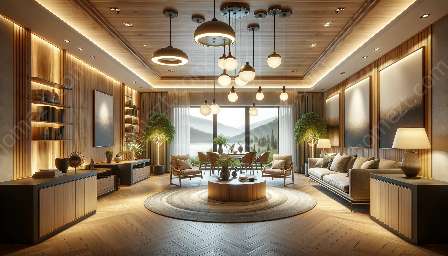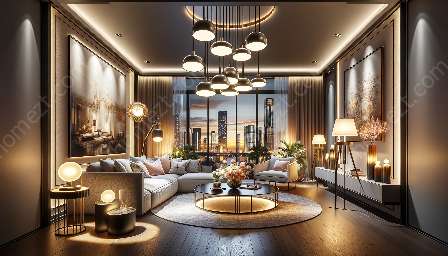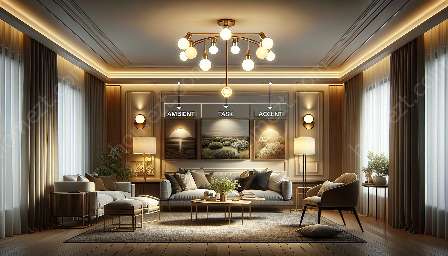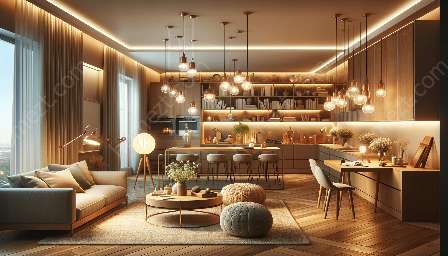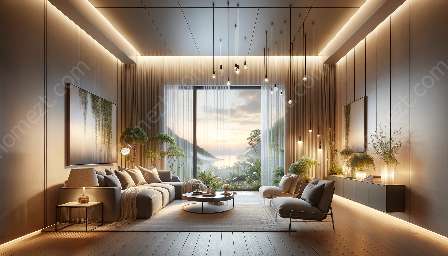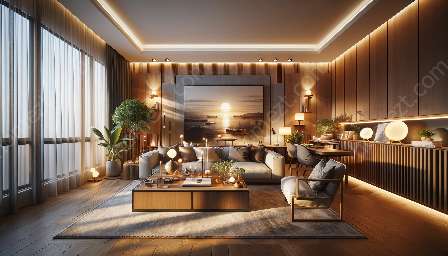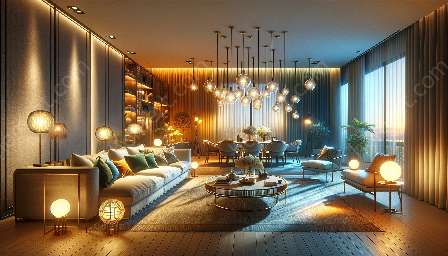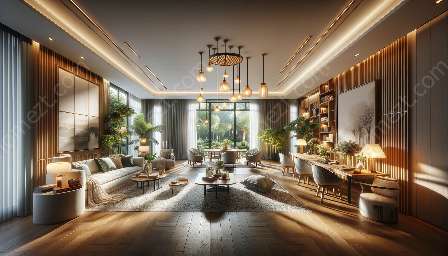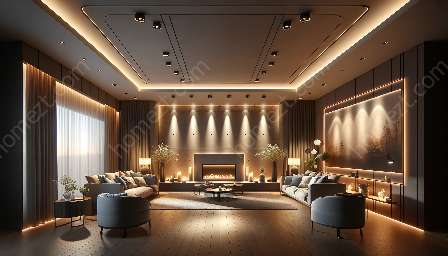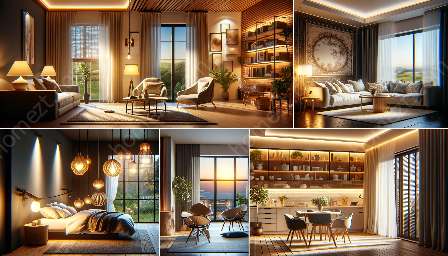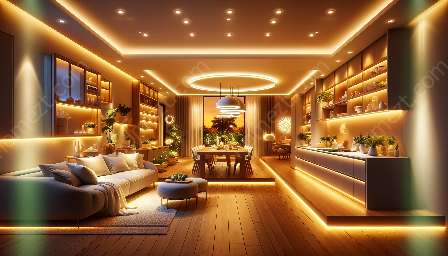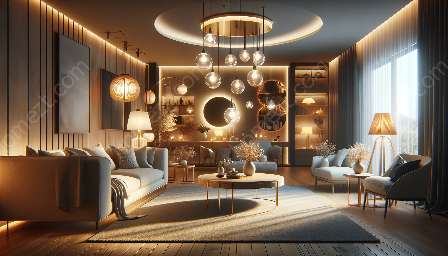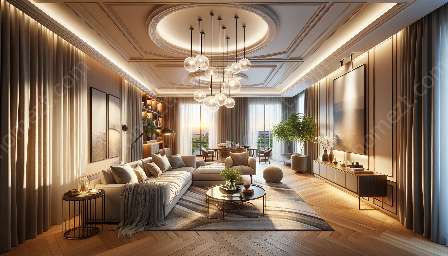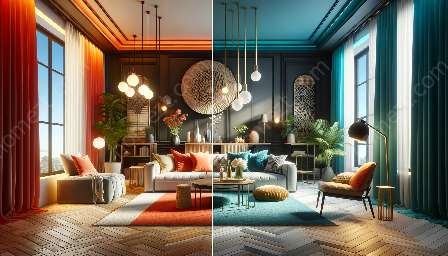LED lighting has revolutionized the way we illuminate our homes, offering an energy-efficient and versatile solution that complements modern lighting design and home furnishings. In this comprehensive guide, we will explore the various aspects of LED lighting, its benefits, its seamless integration with lighting design, and its impact on home furnishings.
Understanding LED Lighting
LED, or light-emitting diode, lighting is a cutting-edge technology that utilizes semiconductor diodes to produce light. Unlike traditional incandescent or fluorescent bulbs, LED lights emit light in a specific direction, making them ideal for various lighting applications.
LEDs are available in a wide range of color temperatures, allowing homeowners and designers to create a customized ambiance in different spaces. From warm, inviting lighting for cozy living rooms to bright, functional lighting for kitchens and workspaces, LED technology offers unparalleled flexibility.
The Advantages of LED Lighting
One of the most compelling reasons to embrace LED lighting is its energy efficiency. LEDs consume significantly less energy than traditional lighting sources, resulting in lower electricity bills and reduced environmental impact. Moreover, LED lights have an impressive lifespan, often lasting tens of thousands of hours, reducing the frequency of replacements and maintenance.
Additionally, LED lighting produces minimal heat compared to incandescent bulbs, making them safer and more comfortable to use, especially in home lighting applications. The absence of UV emissions from LED lights also makes them ideal for illuminating delicate fabrics and furnishings without causing damage or discoloration.
Integrating LED Lighting with Lighting Design
LED lighting seamlessly integrates with modern lighting design concepts, offering endless possibilities for creating captivating and functional lighting installations. Designers can leverage the compact size and directional nature of LEDs to craft innovative and aesthetically pleasing lighting solutions that enhance the overall ambiance of a space.
Besides their architectural and decorative applications, LED lights can be used to accentuate specific features, highlight artwork, or create dramatic effects. Their dimmable capabilities enable precise control over the light output, allowing for dynamic lighting scenes that adapt to various activities and moods.
LED Lighting and Home Furnishings
When it comes to home furnishings, LED lighting serves as a complementary element that enhances the visual appeal and functionality of furniture and decor. Their low-profile design and minimal heat emission make LEDs suitable for under-cabinet lighting, showcasing collectibles, and illuminating shelving units without causing damage or fading.
LED strips and tape lights can be discreetly integrated into furniture pieces, such as bed frames, headboards, or floating shelves, adding a touch of sophistication and creating a warm, inviting atmosphere. Furthermore, the customizable color temperature of LEDs allows homeowners to align the lighting with the mood and aesthetics of their interior design, whether it's a contemporary, minimalist, or cozy environment.
Choosing LED Lighting for Your Home
As you embark on integrating LED lighting into your home's design, consider factors such as color temperature, brightness, and compatibility with dimmers and smart home systems. Selecting high-quality LED fixtures from reputable manufacturers ensures optimal performance and longevity.
By embracing LED lighting in your lighting design and home furnishings, you not only enhance the visual appeal of your living spaces but also contribute to a sustainable and energy-efficient lifestyle.

